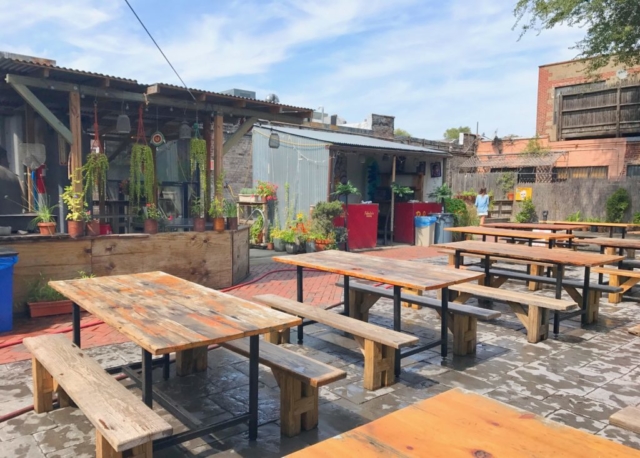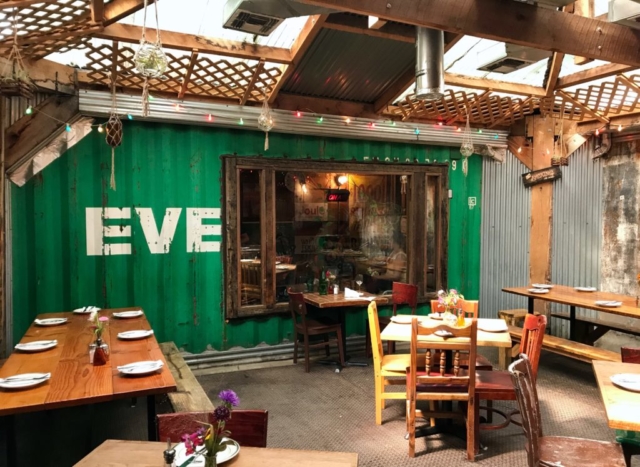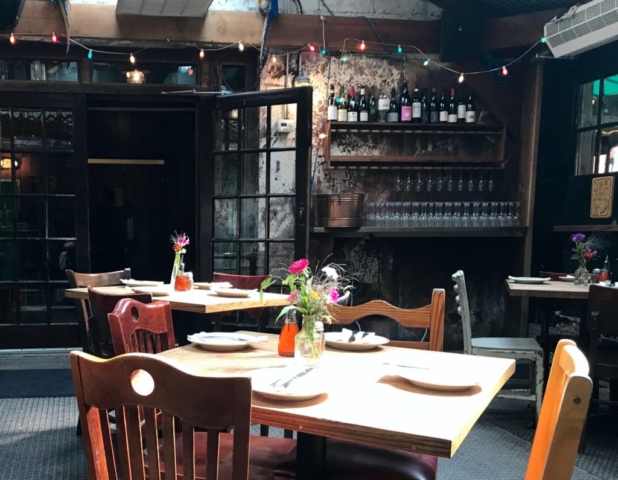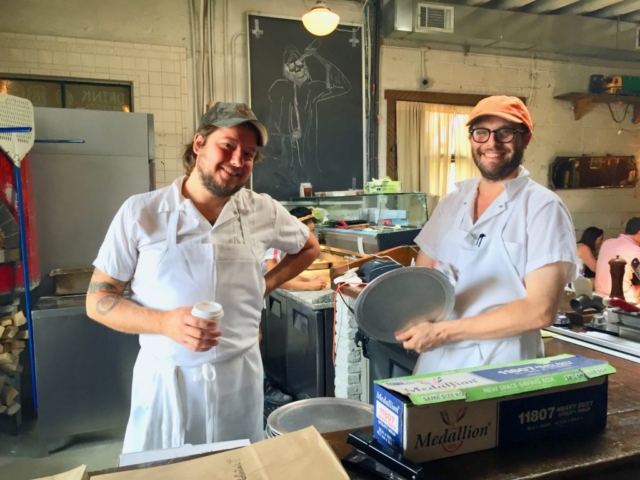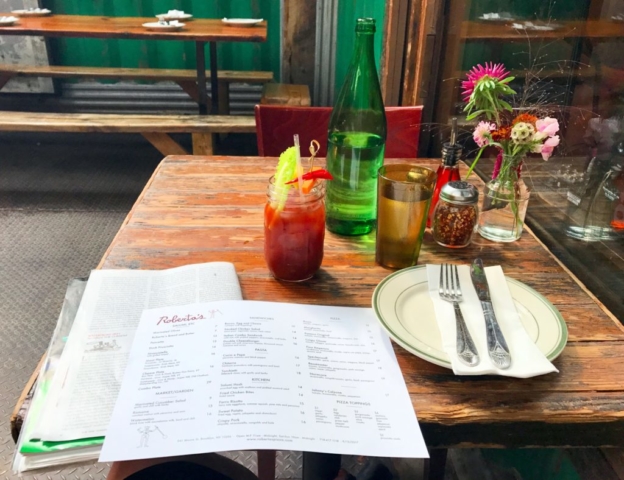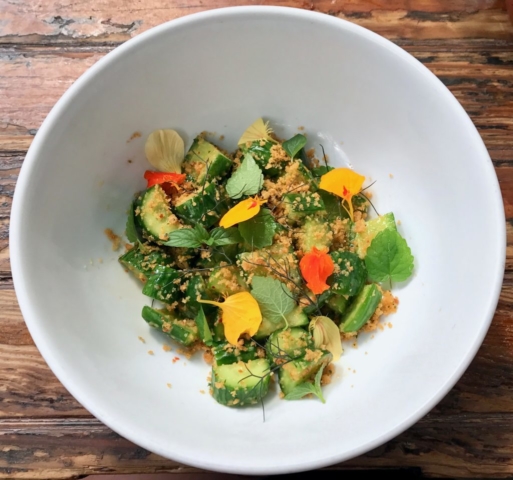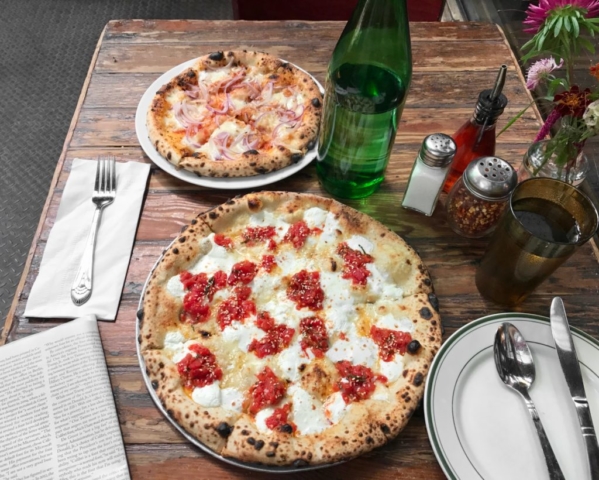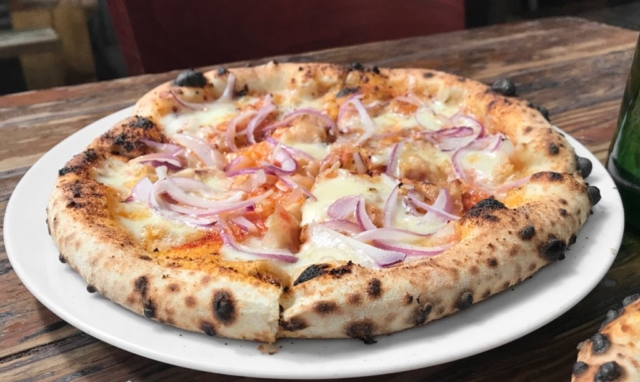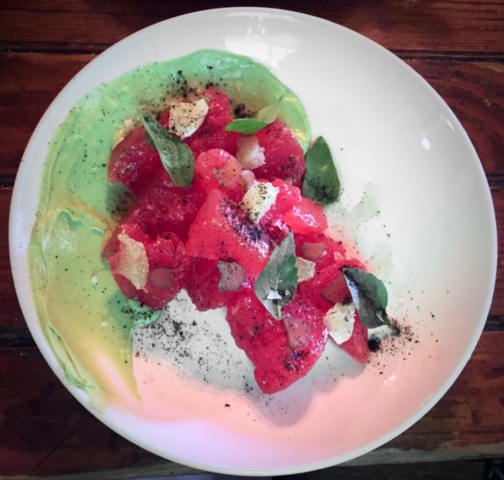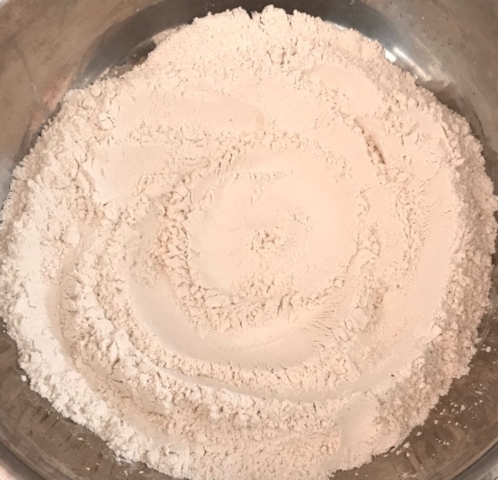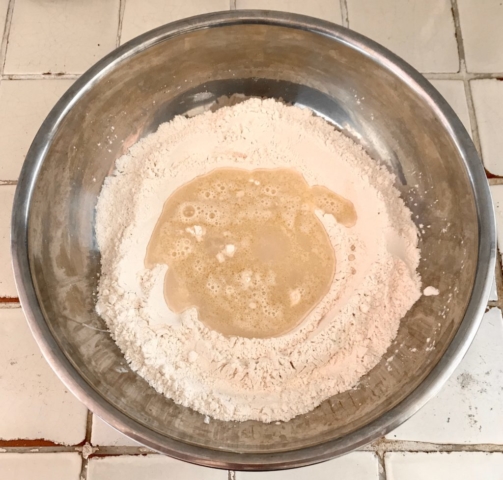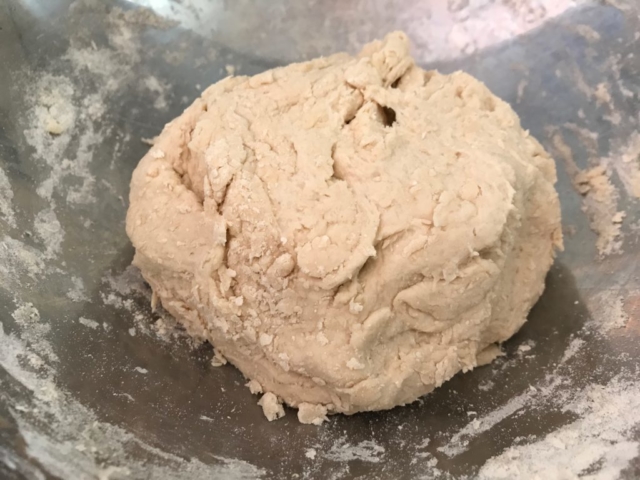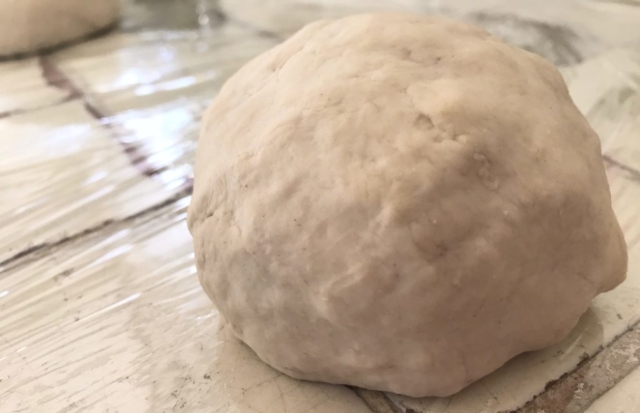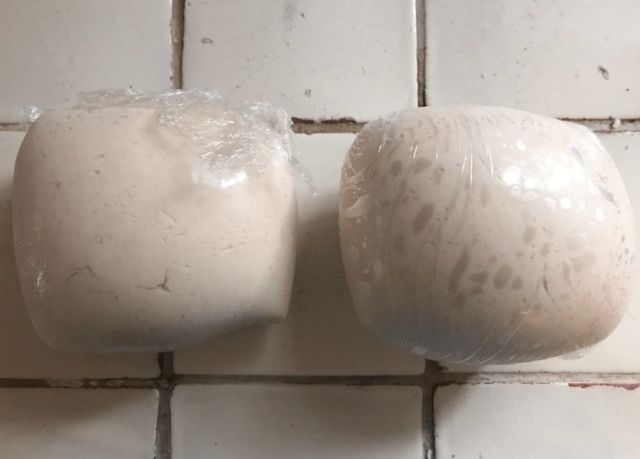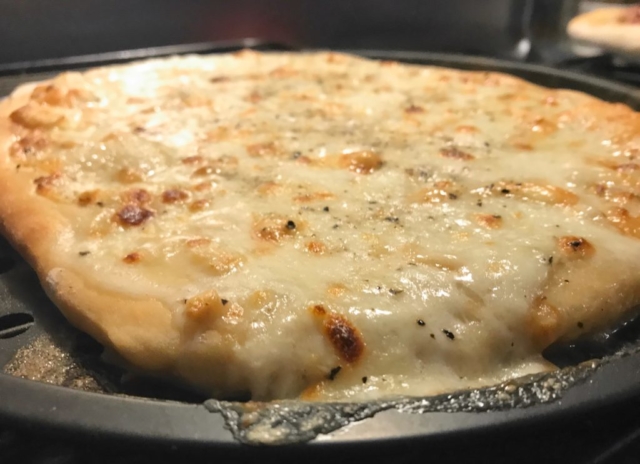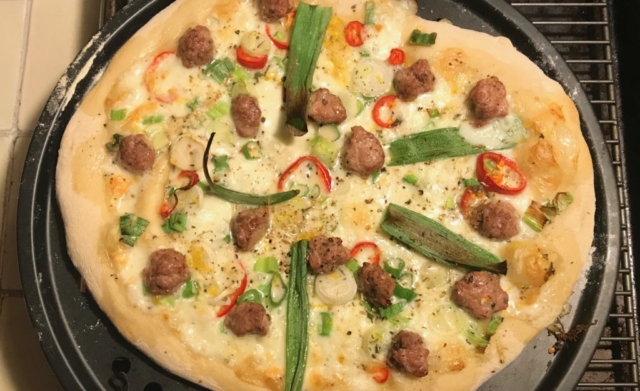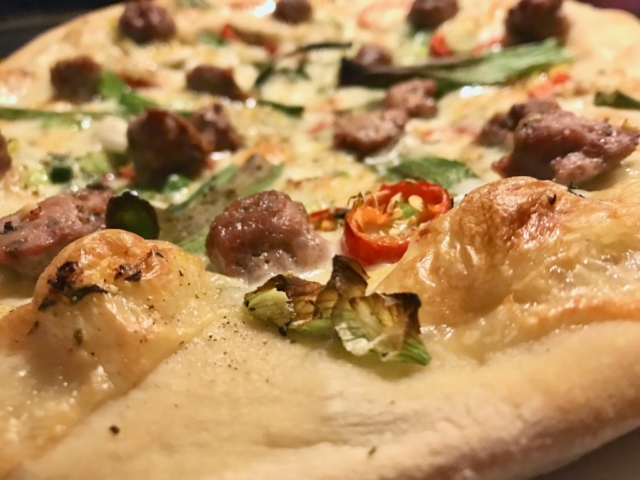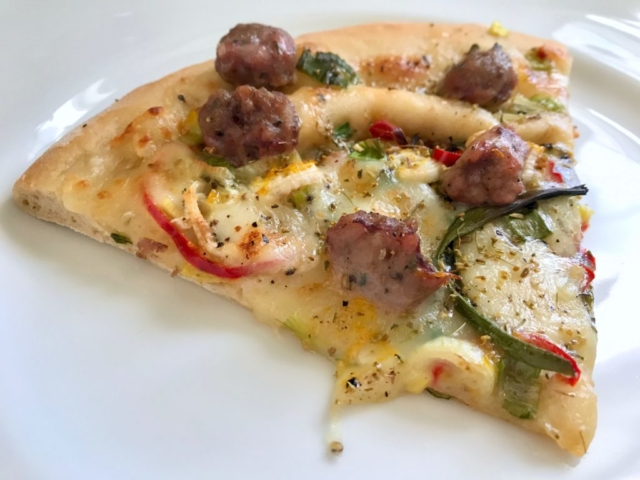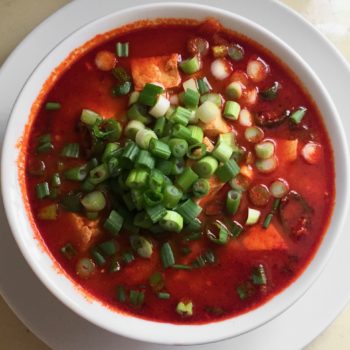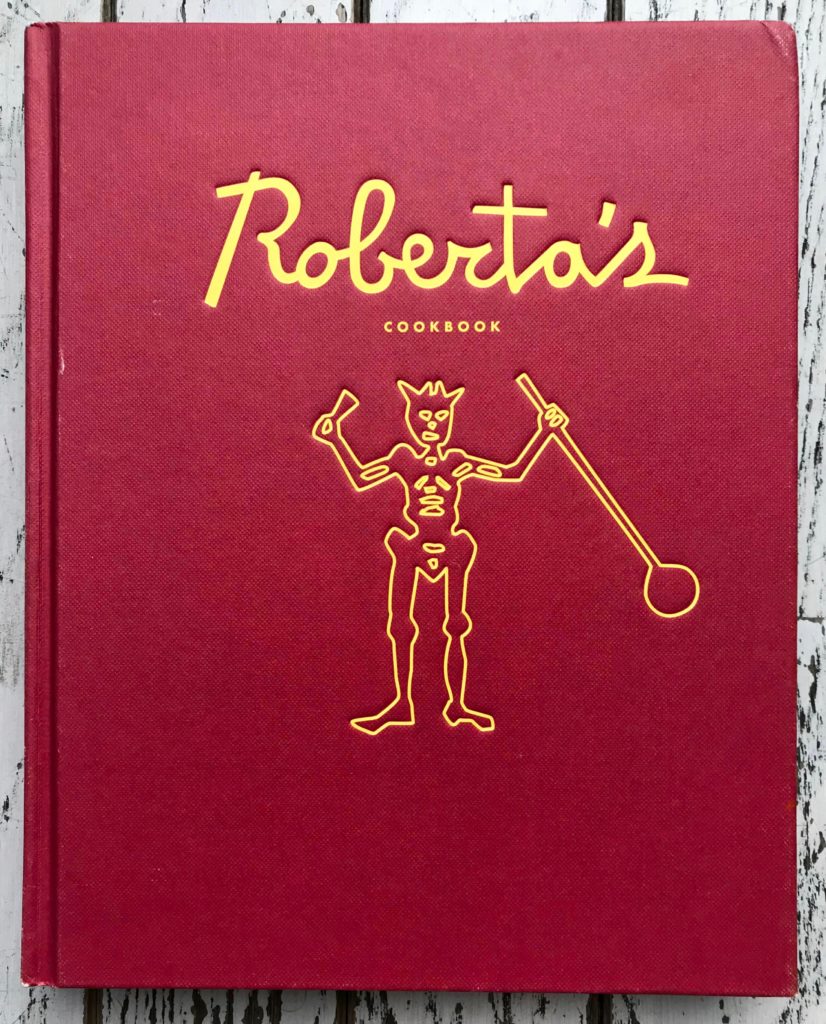
The Roberta’s Cookbook
Carlo Mirarchi, Brandon Hoy, Chris Parachini, and Katherine Wheelock
Art direction by Ryan Rice
2013
Received as a prize for winning the “most creative” award at the UCLA Edible Book Contest for a focaccia, cheese, and assorted jelly depiction of John Steinbeck’s East of Eden
Recipes cooked: Pizza dough; Cheesus Christ; roasted garlic dressing; asparagus with egg yolk, trout roe, and lemon; togarashi dressing; bonito butter; salsa verde
Recipes I want to cook: Linguine with sea urchin and chili; pappardelle with black truffle, egg yolk, and nasturtium; lamb carbonara with mint; venison saddle with sunchoke, pomegranate, and chestnut; porchetta
Difficulty to make: Medium
Difficulty to source: Hard
The restaurant
Roberta’s was a destination restaurant for wood oven fired pizzas within three months of opening, before it even had gas or heat or a working stove, and it has remained so, especially as it has expanded its offerings to include innovative vegetable and pasta and game animal dishes, each colorful and structural and botanical, reminiscent of Matisse mobiles on the plate. In his 2011 two-star review in the New York Times, Sam Sifton called it “one of the more extraordinary restaurants in the United States.” Soon thereafter, the team got serious—really serious—and opened a smaller tasting menu restaurant next to it, Blanca, which was awarded three stars by the Times and two stars by Michelin, which it still holds. And soon thereafter, they wrote a cookbook, with heart. (You can read about how I fell in love with it next, or skip the honeymoon period.)
I moved to Kip’s Bay, Manhattan in January, 2009, exactly a year after Roberta’s opened in Bushwick, Brooklyn. I’d heard of the restaurant with its intimate backyard-barbecue vibe, and I imagined it attracted the kind of skinny, well-off crowd where everyone smokes American Spirits in their vintage leather jackets, the sleeves rolled once to reveal only the ends of the obscure poems tattooed on their forearms. I was in my mid-twenties and as intimidated by Brooklyn hipsters as I was enamored of them. My many attempts to fit in and dress the part just made me feel even more basic, and it never occurred to me to wear my cotton cardigans and talk about Mozart as the OG with the same confidence as others celebrated orange corduroys and Sleigh Bells—until I was in my thirties and living in Los Angeles. (A lot changes when you turn thirty.)
I received The Roberta’s Cookbook as a prize in an edible book contest hosted by the UCLA library when I worked for the school. LA Times food critic Jonathan Gold presented it and a royal blue apron screen printed with the event logo to me, and I was thrilled but a little surprised—it was like I felt somehow alienated from my own award.
Two lunches at Roberta’s, a year apart
And so I brought my parents and a cousin to Roberta’s for brunch on a business trip I extended into a vacation in New York City two summers ago. For such a celebrated restaurant, I didn’t expect to lead my sixty-something year-old parents in their hiking sandals and ankle socks from the darkness of an L train station down an empty street lined with colorfully tagged one-story warehouses to find it, much less to enter a space that reminded me of a fort built for fifth-grade boys and what we call in LA a “cute brunch spot” all at once. There was wood and sunlight, and no other customers besides us for the first half hour, which I loved. (I always brunch early.)
And then our orders started to come out. I had a garden-grown bloody mary that tasted of ripe tomato, garnished with a voluminous lettuce leaf, one side partially torn off but otherwise unblemished, and a carrot, whittled like a lincoln log; a sweet compressed watermelon salad with basil, chili, and buttery avocado dusted with coarse black pepper; a green tomato salad that wasn’t at all bitter or sour, with crunchy homemade croutons seasoned like an everything bagel; and the Cheesus Christ pizza, a large pie with pungent taleggio, silky mozzarella, and sharp black pepper, which did not have any of the charred bubbles along the crust that I’d begrudgingly come to think were somehow good even as they ruined my palate, back when Frank Bruni wrote about the rise of the artisanal pizzeria in the Times and I clamored to spend my waitressing tips at Manhattan’s Co. and Motorino. The Cheesus Christ was actually not on the menu that morning, but my server promised they would be happy to make it for me regardless. The chefs manning the wood oven reached out to shake our hands and smiled for a picture on our way out.
Afterwards, I felt even more honored to have the cookbook, and I read it. I was pretty stunned.
Roberta’s was built from and with almost nothing (I read $43k somewhere online a few months ago) to be a hangout for the friends of the owners—hungry hipsters—and many a rager was thrown on the premise. The cookbook contains beautiful matte photography of the ingredients, composed dishes, cooking techniques, and spaces in and around Roberta’s. It also contains grainy pictures of a motorbike wipeout on the topsoil that would soon anchor a rooftop garden over a shipping container in the restaurant’s yard, a man with Jesus hair and a Ringo mustache wearing only tighty whities and work boots, a spray painted mural of a pizza slice smoking a joint, and a fantastic blurry party picture that makes me think someone yelled, in the nick of time, “get the drugs out of the shot!” Booze, bandanas, and bottarga loom large.
The Cheesus Christ pizza from scratch
Feeling ambivalent about their stories of self-sabotage and what concerned parents gently call a “lack of seriousness,” alongside intensely complicated recipes calling for high-end ingredients, I went back to Roberta’s on a long layover on my way home from Spain in the fall. It was 11 a.m. on a Tuesday, and I was seated on the restaurant’s otherwise-empty patio, right next to the window of the shipping container, which houses the Heritage Radio Network, a food radio station; the bearded host on the other side of the glass wore tropical printed shorts. I asked the host and server about working there, and about the cookbook. (Full disclosure, I told my server about my hopes to build this site after I ate.)
For a team that wants to convey a “F you” attitude, the staff at Roberta’s is unusually generous and unpretentious, and my server talked about the constant training he receives. When I had a hard time deciding between two pizzas, the Four Emperors (spicy arabbiata sauce, mozzarella, ricotta, capra con pepe, asiago, sesame seed) and Crispy Glover (tomato, taleggio, guanciale, onion, garlic, chili), I was surprised with a complimentary “baby Glover” to accompany my Four Emperors; the baby was almost as big. I also had a marinated cucumber salad to start, lightly pickled and covered in crunchy garlic bread crumbs, colorful edible flowers, fennel fronds, and unfamiliar herbs, so I filled quickly. I got an ice pack for my leftover pizza to join me on an Amtrak and ate it as I wrote this, five hundred miles away from Bushwick at my parents’ in rural Virginia.
The host told me that the cookbook is really about the restaurant’s story, which is important for context. If seeing Roberta’s dishes recreated on Instagram feeds thousands of miles from Brooklyn wasn’t the objective, then the few inconveniences of the cookbook are entirely forgiven. You’ll be able to cook more from The Roberta’s Cookbook if you own a juicer and immersion circulator and enjoy access to fresh truffles and game birds, none of which are cheap. The table of contents lists only the chapter headers like vegetables or seafood, for example; you’ll need to flip through the pages or consult the index to find the dishes. The recipes are specific and demanding, with quantities often given by weight first and volume second, as any true baker worth his or her Diamond Crystal kosher salt would request of us—as in “940 grams (about 1 quart) whole milk, 7 grams (2 teaspoons) fennel seeds, toasted, 5 grams (2 to 3 cloves) black garlic (see note, page 178)” starting off the recipe for caramel fennel gelato.
Improvise on toppings, but follow the dough recipes
Explanations are often entertaining; the recipe for the bay scallops with meyer lemon, trout skin, and poppy seed comes with the story of how “crispy trout skin came to be a part of this dish” in the margin, but it does not let you off the hook, concluding that “the smoked trout you can buy in stores almost always comes with skin on it. You could also buy a small (454-gram/1 pound) whole trout and get your hands on the skin that way. In any case, you don’t need a lot for this recipe: just one strip of skin that’s a few inches wide.” I’ve had to make a number of substitutions in cooking what I’ve been excited about from the book, mostly vegetable dishes. The results have been mixed, because that’s what can happen when you don’t follow the rules.
This extends to the techniques, too. Alternate cooking methods and ingredients to “the royal treatment” (their words) are sometimes given, with varying enthusiasm, ranging from “the vinaigrette just won’t be as concentrated and bright” and “that might seem extravagant, but,” to “still really good” and “it’ll be hard to imagine they could be better.” My favorite is the option of adding guinea hen heart to the rice that accompanies the bird. I have to suspect that people who love Roberta’s also know that the heart is the best part of any bird, but it’s still nice to have a say in the matter in the privacy of your own home.
The tone is largely conscientious of the advantages of having restaurant equipment, wholesale distributors, a well-rounded staff, and adoring fans who pay for all of it, encouraging its readers to do their best with the resources they have—but do expect to have a rare, artisanal carrot dangling in front of you motivating you to pursue very high-end ingredients. Or, you can just make their pizza. Yeah, definitely make their pizza. (And don’t feel bad about not making your own mozzarella, but do consider a pizza stone with handles or, better yet, cast iron.)
Where I at first kind of struggled with it, I now enjoy and appreciate the juxtaposition of the stories of going to Piedmont to learn how to make pizza only to show up still-drunk to work in the morning, opposite the sentiment that farm raised deer aren’t as good as those hunted and slaughtered per USDA standards as on the Texas ranch that sources theirs. We’re allowed to be serious about our food and not so serious about ourselves sometimes—at least not until the Times critic reviews your restaurant, or until you turn thirty. Whichever comes first.


